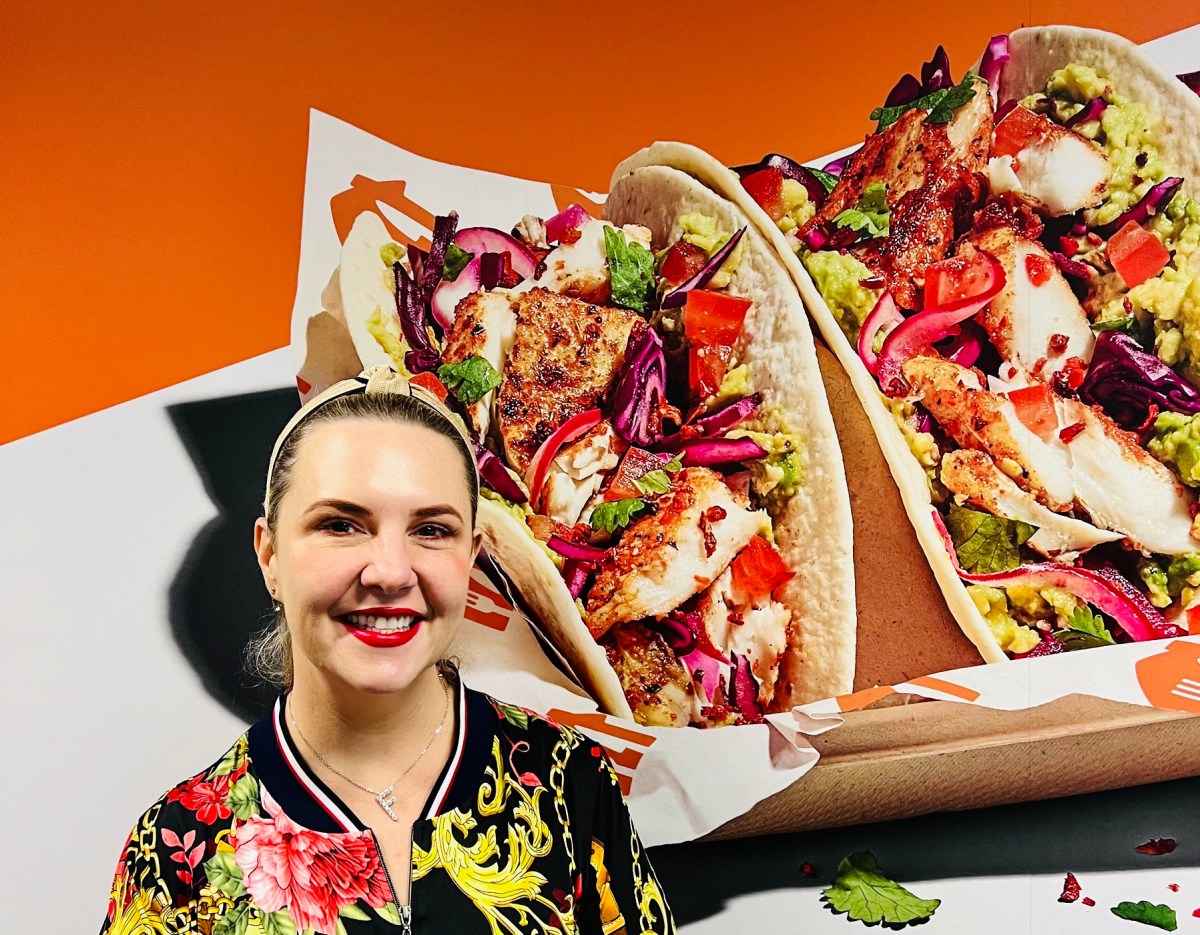The age old mantra of “customer is King” has never rang more true. Customers have a smorgasbord of choice and ultimately rule the bottom-line for companies as they have the power to choose exactly where they spend their money. One bad experience triggers them to assess their options.
Customer service must be impeccable to retain and build a loyal customer base.
So, does this make customer service one of the most business critical functions within any organisation? My take is yes. Not only do consumers have more choice than ever, businesses are also coming up against increasingly difficult and unique challenges that need to be managed with care, including residual effects of the pandemic like staff shortages and managing infections.
A recent report from PwC found that three-quarters of Australian consumers say customer experience is important in their decision to buy – just behind price and quality. It not only influences a consumer’s path to purchase, but a happy interaction may heighten a patrons’ willingness to pay a premium.
For businesses looking to bolster their customer service experience, accrue these benefits, and stand out from their competitors, I boil it down to four key ingredients for success.
- Invest in automation
Today, customers want to be able to access a customer service advisor via their channel of choice, whether that be online, on the phone or in person. But what is most prevalent, is the desire for a customer to be able to resolve an issue themself. The expectation is for businesses to offer self-service through seamless, immediate accessibility via automation and digital channels.
However, building and creating human connection between brand and customer is still important. Consumers first and foremost expect to be able to solve a problem themselves through easily found resources, yet if this fails, they seek personalised support. Fast.
Menulog recently onboarded hundreds of customer service advisors to a newly established Sydney centre to provide an enhanced, local service to its restaurant partners and customers. Customer service that caters to local nuances and cultural norms can go a long way in ensuring your customers feel heard, understood and nurtured. Our team of customer service staff work in tandem with sophisticated automation tools so their time is used most effectively.
Many of the world’s largest companies have invested heavily in automation to allow for self-service for a number of reasons – customers prefer it, it’s immediate and available anytime, anywhere, and when a company does it well, it’s uniquely personalised. Take Spotify for example, it’s so confident in its self-service capacity that it offers no other means of contact. That’s certainly not the right approach for all organisations, however such tools significantly free up time for customer service teams, allowing them to focus on delivering proactive, surprise and delight moments for customers.
- Don’t give your customers homework
Second to automation is ensuring customers receive first contact resolution. If a consumer ends up requiring customer service assistance, businesses need to be equipped to resolve any issues upon first contact and ensure they’re not given homework and put in contact with several departments and team members.
A key tactic for organisations to implement is upskilling and training the entire frontline so that they are equipped and empowered to be able to manage a broad spectrum of issues presented to them. This not only helps to ensure first contact resolution, but it also provides customer service advisors with a more meaningful role as they’re able to resolve issues received.
- Tailored models for stakeholder mix
For businesses that provide a service to a variety of stakeholders, individualising the customer service journey is critical. Customer expectations different from one stakeholder group to another.
For example, for on-demand food and grocery delivery providers, restaurant partners and customers expect entirely different levels and means of communications and resolution. Therefore, it’s important to tailor each customer service model to cater for the varied needs of each stakeholder group
Our restaurant service teams are on the phones as well as often on the road, meeting with customers in person and proactively offering advice around their online delivery strategies and working through solutions together. While our customer service for consumers is focused on rapid resolution, and we feed insights gathered into the broader business so we can constantly improve our operations in line with feedback coming through.
- Give customer service a seat at the boardroom table
If the customer truly is King, then they need to be sitting at the boardroom table with the leadership teams to ensure their opinions are heard.
By providing a representative of the customer service team ‘a seat at the table’, along with other key stakeholders, the customer’s voice is factored into every business decision. The customer service lead acts as the customer voice, sharing insights with other leadership team members on how new plans and strategies may resonate with the customer.
For businesses looking to refine and enhance their customer service strategy, automation, first contact resolution, individualising support models and bringing customer opinions to the boardroom, are sure fire ways to win at the customer service game.
Ariane Fitzpatrick is head of operations at Menulog.

